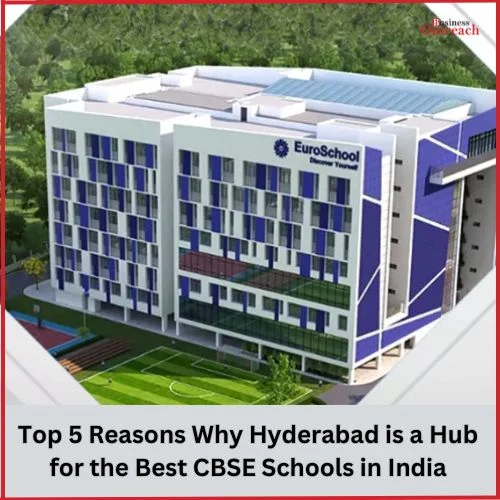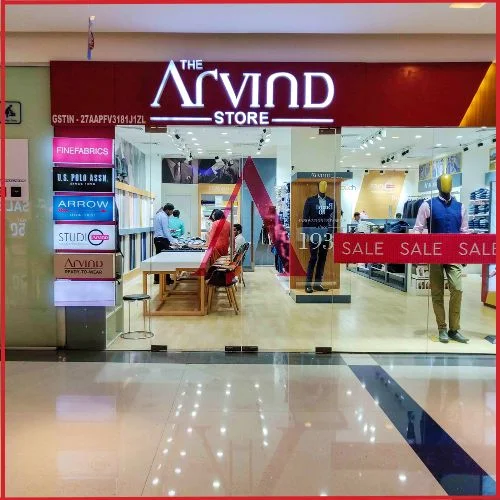The Indian retail market is controlled by kiranas or mother-and-pop stores. Flipkart Discount, a part of the internet business monster, is focusing on them with an omnichannel approach. Very much like its web-based business, Flipkart Discount has areas of strength for a contribution where Kirana storekeepers can arrange in mass on the web and get it conveyed in a little while.
Be that as it may, it likewise has two satisfaction places and 28 experience stores across 24 urban areas, where retailers can stroll in, scrutinize the stock and buy — the well-established money-and-convey business.
Then there is a third method for overhauling retailers online as well, Koteshwar LN, business head of Flipkart Discount tells Business Insider India.“We have a salesforce called Feet on the Road which visit stores and take requests or assist retailers with setting orders on the web. While Indian retailers are currently entirely alright with UPI installments and the sky’s the limit from there, there is as yet that age that necessitates eye-to-eye communication,” says Koteshwar.
Most retail locations are small-time organizations, and on the off chance that a retailer needs to go out to shop either at a distributor or farming produce market board of trustees (APMC) stores, the majority of them need to shut down their kiranas for a couple of hours.”With our web-based offering, retailers can peruse at 8 PM in the evening. That is a comfort. We accept we can switch them over completely to online completely, however, that necessities time,” he says. Moreso, it has likewise empowered retailers to purchase currently pay-later choices on the web and work with banks, fintech, and more to offer them acknowledge offices — for APIs coordinated to its backend.
Advantage: The trendy brands.
The business, which calls itself a computerized commercial center, is an extraordinary devotee to tech as it can offer things an ordinary discount business can’t – and that is information. An APMC or other discount deal point is a push market where items are basically sold. Makers don’t have any idea who is purchasing, how much is selling, or what packs at what costs.
“Yet, we give information back to the makers (about) what is selling at our stores, which ones are going on the web and so on,” he makes sense of. The people who need and utilize this ‘information’ and permeability the most are brands that are conceived on the web or computerized first brands. For such direct-to-client or D2C brands, as they are called, Flipkart Discount has an exceptional channel drive – it targets new companies and other D2C brands that are well on the web yet battle with disconnected centers.
Edges, contest, and development.
Flipkart Discount, which expects to accomplish a decent topline and primary concern development at the same time, is focusing on high-edge sections inside the discount business. It entered the general product classification covering cookware, gear, and little electricals and that’s only the tip of the iceberg — in 2021.
“General product improves in-store than on the web and it has awesome edges. Additionally, staples or basics like grains and so on structure are not exactly 50% of our portfolio – which has exceptionally fewer edges,” says Koteshwar.
The business isn’t without its challenges by the same token. Startup and unicorn Udaan also has made its presence felt in the B2B business with its attention on web-based business.”Numerous web-based players are focused on reality however not the topline, while numerous disconnected players, then again, are focused on the main concern yet not the top line. We know how to become the topline and deal with the reality,” says Koteshwar, adding the organization’s business is productive and supportable, and doesn’t consume cash – without giving additional subtleties.
Moreso, Flipkart needs to focus on the Bharat that exists past enormous metros – with centers around more modest Level 1 and Level 2 urban areas. “We are not fixated on metros. Somewhat few urban communities are where the potential is. Most (FMCG) organizations have the greatest dispersion in metros, and we can improve esteem including Level 2 urban areas,” made sense by Koteshwar.















